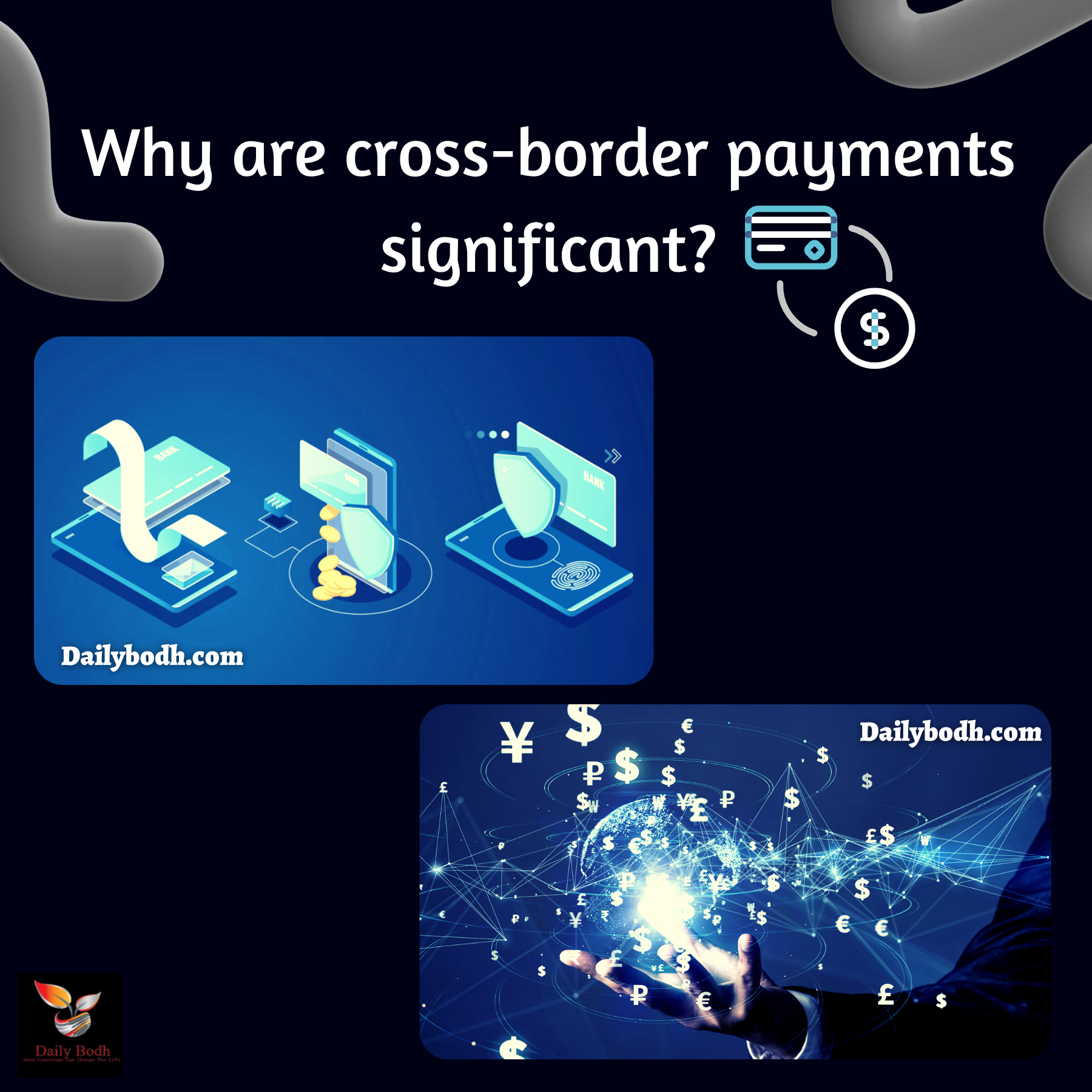Cross-Border Payments Just Got A Whole Lot Easier: Unlocking The Power Of Stablecoins
Cross-Border Payments Just Got a Whole Lot Easier: Unlocking the Power of Stablecoins

- Clear Visibility And Unshakeable Trust: How Blockchain Illuminates Supply Chain Operations
- Streamlining Business Operations With Smart Contracts: A Step-by-Step Guide
- The Future Of Decentralized Identity In Blockchain
- Minting Your Masterpiece: Exploring The Best NFT Platforms For Creators
- The Role Of Nfts In The Future Of Gaming
In today’s interconnected world, making cross-border payments can be a daunting task. With exchange rates, transaction fees, and settlement times to worry about, it’s no wonder that businesses and individuals alike have been searching for a more efficient and cost-effective solution. That’s where stablecoins come in – a game-changing innovation that’s revolutionizing the way we make international payments.
So, what are stablecoins, and how can they simplify your cross-border payment needs? Let’s dive in and explore the fascinating world of stablecoins.
What are Stablecoins?
Stablecoins are a type of cryptocurrency that’s pegged to the value of a fiat currency, usually the US dollar. This means that the value of a stablecoin remains relatively stable, unlike other cryptocurrencies that can be highly volatile. The result is a digital asset that combines the benefits of cryptocurrencies (speed, security, and low transaction fees) with the stability of traditional fiat currencies.
The Benefits of Using Stablecoins for Cross-Border Payments
So, why should you consider using stablecoins for your cross-border payment needs? Here are just a few compelling reasons:
- Faster Settlement Times: Unlike traditional payment systems that can take days or even weeks to settle, stablecoin transactions are typically processed in a matter of minutes.
- Lower Transaction Fees: Stablecoin transactions often come with significantly lower fees compared to traditional payment methods, making them an attractive option for businesses and individuals looking to save on costs.
- Greater Security: Stablecoins use advanced cryptography to secure transactions, reducing the risk of fraud and ensuring that your funds are protected.
- Increased Accessibility: Stablecoins can be easily bought, sold, and traded online, making them accessible to anyone with an internet connection.
How to Use Stablecoins for Cross-Border Payments
Now that we’ve explored the benefits of using stablecoins, let’s take a look at how to actually use them for cross-border payments.
- Choose a Stablecoin: With so many stablecoins on the market, it’s essential to choose one that’s reliable and widely accepted. Some popular options include Tether (USDT), USD Coin (USDC), and Pax Dollar (USDP).
- Set Up a Digital Wallet: To store and manage your stablecoins, you’ll need a digital wallet. This can be a software wallet on your computer or mobile device, or a hardware wallet for added security.
- Fund Your Wallet: Once you’ve set up your wallet, you’ll need to fund it with fiat currency. This can be done through a variety of methods, including bank transfers, credit card payments, or even in-person cash deposits.
- Send Your Payment: With your wallet funded, you can now send your stablecoin payment to the recipient’s wallet. This can be done quickly and easily, with low transaction fees and fast settlement times.
- Convert to Local Currency: Once the recipient receives the stablecoin payment, they can convert it to their local currency through a cryptocurrency exchange or a local currency exchange service.
Real-World Applications of Stablecoins
Stablecoins are already being used in a variety of real-world applications, from international trade to remittances. Here are just a few examples:
- Cross-Border Trade: Stablecoins are being used by businesses to facilitate cross-border trade, eliminating the need for traditional payment systems and reducing transaction costs.
- Remittances: Stablecoins are also being used by individuals to send remittances to family and friends living abroad, providing a faster and more affordable alternative to traditional money transfer services.
- E-commerce: Online retailers are starting to accept stablecoins as a form of payment, making it easier for customers to shop across borders.
